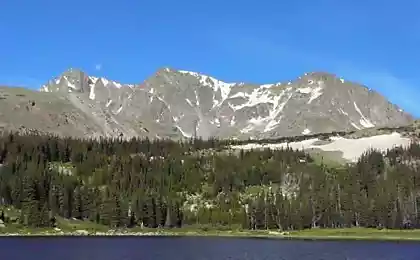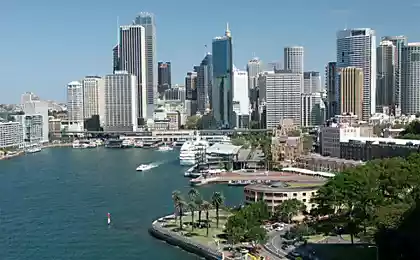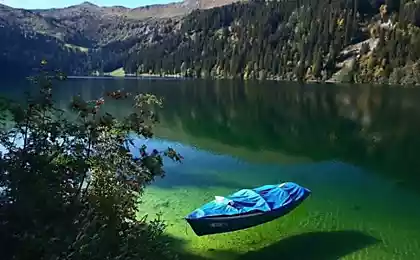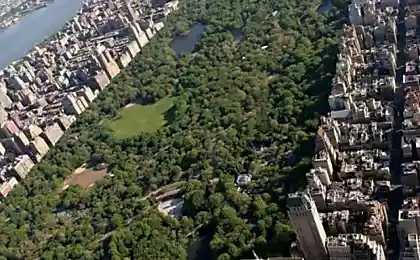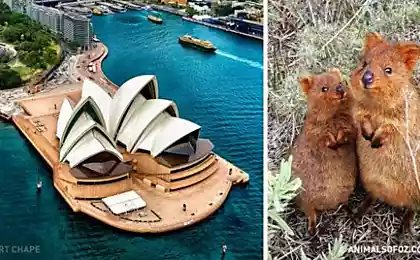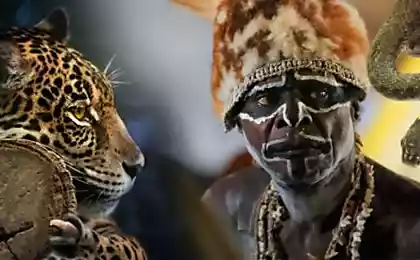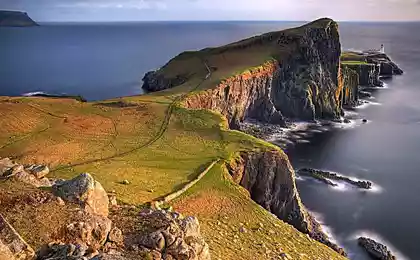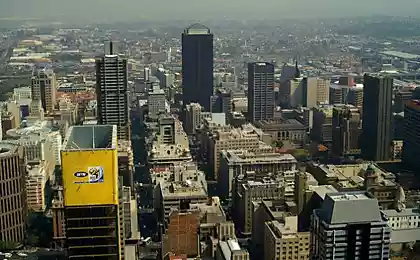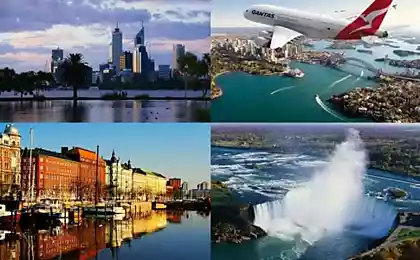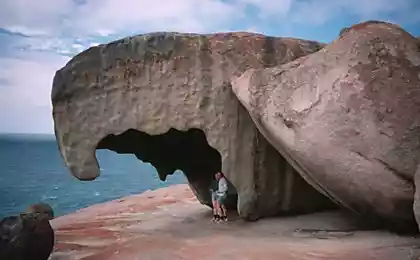215
Flinders Chase National Park in Australia
In the western part of the island with a funny name Kangaroo is one of the most interesting places in Australia - Flinders Chase National Park. It is a huge treasury full of endangered species of animals, relic plants and unique geological formations. The park is located 213 km southwest of the capital of South Australia, Adelaide, and 110 km from Kingscot, the largest city of the island.
The most popular attractions of the national park are anomalous geological formations, called Remarkable Rocks and Admiral's Arch.
The remarkable cliffs - one of the most recognizable objects of the Australian island of Kangaroo - are a unique creation of nature. They formed under the erosive influence of wind, rain and sea spray, which affected granite boulders for 500 million years.
Like the bizarre works of an abstract sculptor, the remarkable rocks are located in the territory of Flinders Chase Park at an altitude of 60 meters above sea level. A group of huge granite boulders, dotted with traces of erosion, is located on a giant lava dome.
The bizarre forms of stones, sometimes covered with golden-orange lichen, provide tourists with the opportunity to take a large number of unusual photos at any time of the year.
Another unique geological formation of the national park is called Admiral's Arch. It serves as proof of the power of the natural element, capable of creating truly beautiful formations, in this case represented by a stone arch.
For tourists here is equipped with a special observation deck, which is convenient to admire not only the Admiral's Arch, but also the beauty of the ocean tide and frolic in warm water seals, very fond of this place. It is best to climb there in pre-sunset time, when a huge stone arch in the rays of the sunset acquires a variety of shades - from light yellow to rich red. Its name - Flinders Chase - the park received in honor of the discoverer of Kangaroo Island - Matthew Flinders, who in 1802 was the first to set foot on an unexplored piece of land.
The richness of the fauna of these places is due to the efforts of man. The history of saving endangered species of the mainland began in November 1919, when a national park was founded and local flora and fauna were under the care of the state. In the 1920s and 1930s, animals on the verge of extinction were actively brought from the mainland to the territory of the Flinders Chase, which allowed them to preserve their small, but continuing to self-replicate populations.
In the 1940s, another 23 species of animals became permanent residents of Kangaroo Island. A new homeland was found here by echidnas, platypus, lizards and koalas, which, remaining at least for a few more years on the continent, would simply disappear from the face of the earth. Australian Possum:
In recent decades, the Kangaroo population has increased significantly. And this is not surprising, because on the island they have no natural enemies, the only thing that stops the further development of the population is the rapid felling of eucalyptus trees. The authorities, taking on the preservation of this species, did not take care to stop the cutting of eucalyptus, which is the only source of food for koalas. Local laws do not restrict the activities of farmers who produce and sell oils and souvenirs made from eucalyptus trees.
Pelicans:
You can get to Flinders Chase National Park from the nearest town, Penneshaw, or by car from Kingscot.
Source:udivitelno.com
The most popular attractions of the national park are anomalous geological formations, called Remarkable Rocks and Admiral's Arch.
The remarkable cliffs - one of the most recognizable objects of the Australian island of Kangaroo - are a unique creation of nature. They formed under the erosive influence of wind, rain and sea spray, which affected granite boulders for 500 million years.
Like the bizarre works of an abstract sculptor, the remarkable rocks are located in the territory of Flinders Chase Park at an altitude of 60 meters above sea level. A group of huge granite boulders, dotted with traces of erosion, is located on a giant lava dome.
The bizarre forms of stones, sometimes covered with golden-orange lichen, provide tourists with the opportunity to take a large number of unusual photos at any time of the year.
Another unique geological formation of the national park is called Admiral's Arch. It serves as proof of the power of the natural element, capable of creating truly beautiful formations, in this case represented by a stone arch.
For tourists here is equipped with a special observation deck, which is convenient to admire not only the Admiral's Arch, but also the beauty of the ocean tide and frolic in warm water seals, very fond of this place. It is best to climb there in pre-sunset time, when a huge stone arch in the rays of the sunset acquires a variety of shades - from light yellow to rich red. Its name - Flinders Chase - the park received in honor of the discoverer of Kangaroo Island - Matthew Flinders, who in 1802 was the first to set foot on an unexplored piece of land.
The richness of the fauna of these places is due to the efforts of man. The history of saving endangered species of the mainland began in November 1919, when a national park was founded and local flora and fauna were under the care of the state. In the 1920s and 1930s, animals on the verge of extinction were actively brought from the mainland to the territory of the Flinders Chase, which allowed them to preserve their small, but continuing to self-replicate populations.
In the 1940s, another 23 species of animals became permanent residents of Kangaroo Island. A new homeland was found here by echidnas, platypus, lizards and koalas, which, remaining at least for a few more years on the continent, would simply disappear from the face of the earth. Australian Possum:
In recent decades, the Kangaroo population has increased significantly. And this is not surprising, because on the island they have no natural enemies, the only thing that stops the further development of the population is the rapid felling of eucalyptus trees. The authorities, taking on the preservation of this species, did not take care to stop the cutting of eucalyptus, which is the only source of food for koalas. Local laws do not restrict the activities of farmers who produce and sell oils and souvenirs made from eucalyptus trees.
Pelicans:
You can get to Flinders Chase National Park from the nearest town, Penneshaw, or by car from Kingscot.
Source:udivitelno.com
Rheumatoid arthritis— symptoms and treatment
Earthship – an incredibly innovative fully Autonomous passive house
